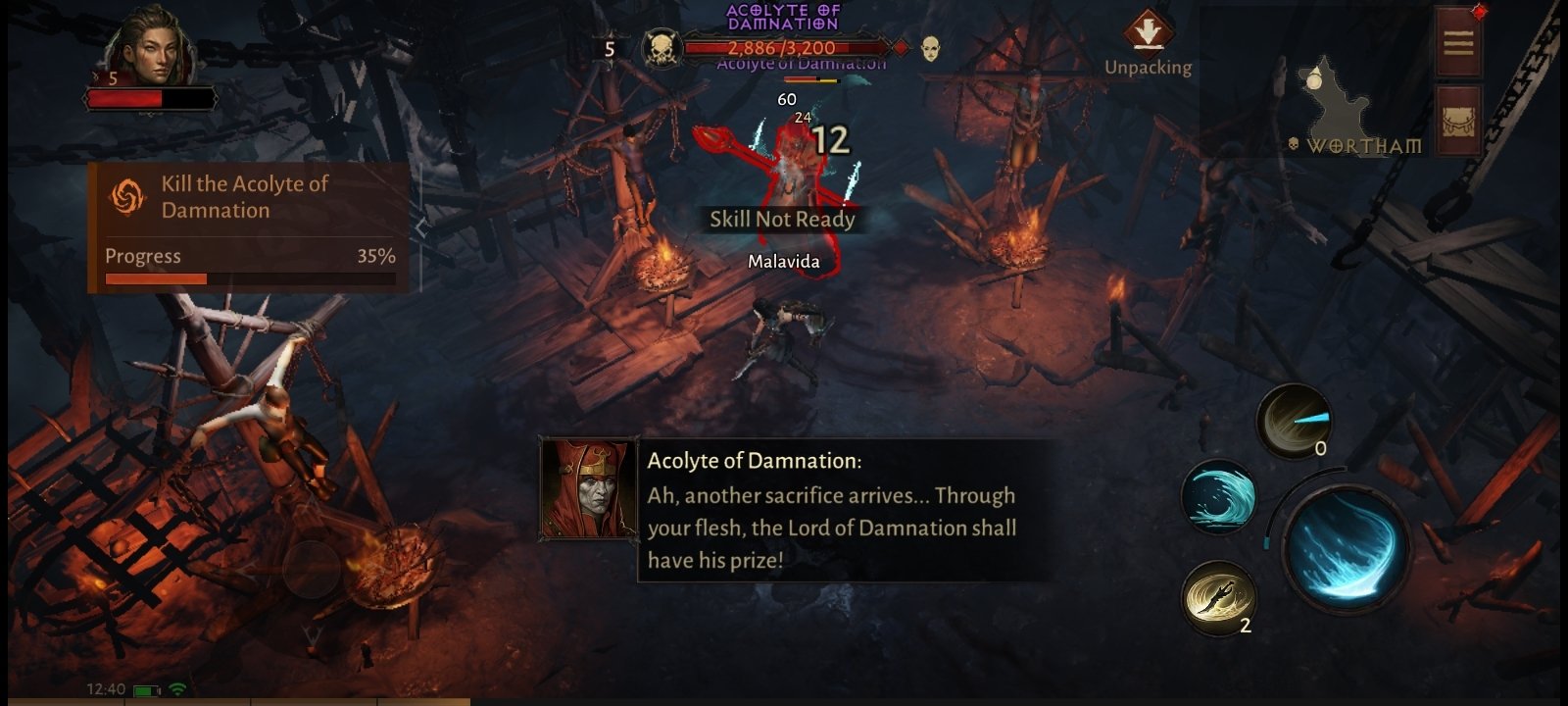

The PSP would launch in Japan before the end of the year, it boasted console-quality power, came wrapped in a sleek and decidedly grown-up physical design and most of all promised to run a stunning library of software. The Atari Lynx wasn’t a very influential portable Evan-Amos/Wikimedia CommonsĮven the most durable fortress eventually falls, however, and Nintendo’s small-screen fortunes seemed doomed to fail against Sony’s newly announced portable PlayStation. Venerable warriors like Atari and Sega had tried and failed to make a dent in Game Boy’s dominance with the Game Gear and Lynx, respectively, as had up-and-comers like SNK and Bandai with the Neo Geo Pocket and Wonderswan. Sega might have retired from first-party status, but Nintendo couldn’t breathe easy for a moment.Īnd fresh threats loomed in the handheld gaming market as well, which had belonged almost exclusively to Nintendo for a decade and a half. Worse, console race newcomer Microsoft’s Xbox had more or less worked its way into a dead heat with GameCube. The company’s latest console, GameCube, had failed to make any real headway against Sony’s mighty PlayStation 2.

Things weren’t looking so bright for Nintendo back in 2004.


 0 kommentar(er)
0 kommentar(er)
